Rocky Cliffside:
As you can see, our little ecosystem borders a jagged peninsula. Chock-full of predators, loose rock, and sediment, this cliffside did it’s part in morphing the modern ecosystem we see here today. We can assume that the gargantuan, undersea rocks, in which red and coralline algae flourish, were once great, unstable boulders, teetering on the ridge of the cliffside. Which brings us to our next type of terrain.
Submerged Boulders:
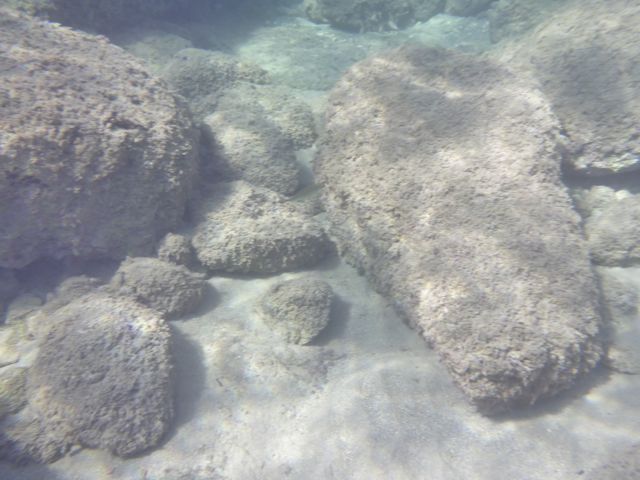 |
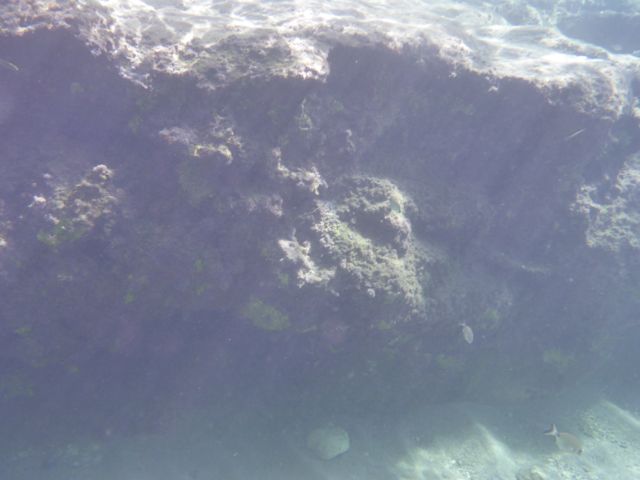 |
From the ordinary ornate wrasse to the malicious moray eel, this multiplicity of monolithic rocks are home to a variety of species in our ecosystem. The rocks most likely started out perched atop the cliffside 100ft up, but due to the forces of nature (or possibly a particularly careless human), these rocks plummeted into our ecosystem and changed it forever. If you look closely at the pictures you will notice that the rocks are covered with slimy red stuff. This species of flora is known as red algae, or Rhodophyta, and is the main dish for the gray wrasse, ornate wrasse, sharpsnout seabream, and many, many more fish. In addition to providing a bountiful buffet, these hospitable stones also serve as lodging. Hoards of fish, crustaceans, and other marine animals make use of the miscellaneous cracks and gaps in the rocks for shelter. These rocks offer the ultimate protection from predators and harsh sunlight. Some organisms such as sea urchins take advantage of divots, positioning themselves in a way that almost no predator can penetrate, while still being able to intake a sufficient amount of food.
Ancient, Lifeless Coral:
How did this get here? Well this particular ecosystem actually meets all the basic requirements a coral reef: water between 73.4 and 84.2 degrees Fahrenheit (23 to 29 degrees Celsius), little to no particles floating around in the water. So why isn’t there a coral reef here? Obviously something in this ecosystem caused these coral reefs to shrivel up and die a long time ago, but what? There are several factors that probably contributed to the death of this coral. The first being that overtime the rocky cliffside, on which the ecosystem borders, probably rained small amounts of sediment onto the coral-a very slow death from above.
The second factor we must consider, is that people have inhabited Komos Beach since the neolithic age. The negative effects that human beings have had on this marine ecosystem is, like many others, exponentially growing. Of course in the stone ages Minoans would certainty not chuck their used cigarette butts or empty Diet Coke cans into the reef, but they did hunt fish and other organisms, thus establishing the presence of human beings in this ecosystem for the first time.
Today and for the past few hundred years, we have exercised our luxurious access to things like boats, dumping waster, gas-guzzling cars and plastic water bottles, but what affect does all this have on our ecosystem, let alone our environment? Along with everything else, the pollution from people also put a devastating dent in the lifespan of this Komos coral. How exactly do we know that humans have been here for such a long period of time? Well, many famous ruins such as Knossos can be dated thousands of years back all the way to 4,000BC! One of these famous ruins, Phaistos, the great Minoan port, is just five minutes out from Knossos, this tells us that homo sapiens have been inhabiting, hunting, and polluting here for quite a long time.
Lastly, we have the more than marginal effect from the multiple tsunamis that hit Crete after the prodigious Santorini volcano erupted. Many historians have hypothesized that the eradication of the Minoan civilization was in fact solely due to this volcanic eruption. So, as you can imagine, it must have been pretty enormous! I think that the magnitude of the waves and earthquakes that were caused by that eruption would have greatly affected this coral reef and all other life in this ecosystem. Much like the submerged boulders, this abiotic factor serves as shelter and chef, but unlike the rocks, the ancient coral is much more rough.
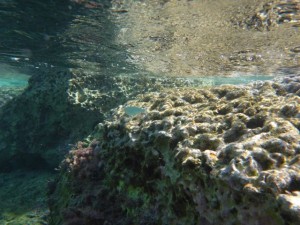 |
VS |
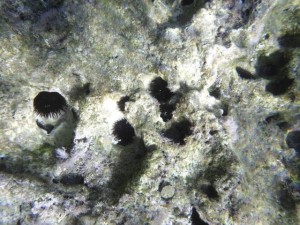 |
Now that you know why there is not the Great Berrier Reef 2.0 in Komos Beach, let’s see how the dead coral affects the ecosystem. Plain and simple, the difference between ancient coral and submerged boulders is texture. Although the change in texture may seem like a minuscule dissimilarity, it actually throws off a whole population of species: the sea urchins. Unable to latch on to the lumpy surface, sea urchins strictly (and literally) stick to the smooth surface of the underwater boulders.
Sand and the Occasional Pebble:
Other than a multitude of sunken stones and ancient, lifeless coral, a sandy ocean floor stretches as far as the eye can see. The sand in this ecosystem is very fine and soft (as opposed to rough and granular). The sandy bottom provides the perfect hiding place for Wide-eyed flounders, who I luckily spotted just before they could blend in and hide from me.
Fun Fact Relevant to this Beach’s Terrain:
This rock protruding from the middle of the water was once much bigger, but thanks to the tremendous tsunamis, it has been down-sized by about 20 feet. This rock is very significant in Greek mythology because it has been identified as the rock that the monstrous giant, Academus, threw at Zeus.
Thus the cost of all these are around $1.00 per pill. buy cialis tablets As they are effective, convenient and inexpensive, they have become the treatment of choice for most of the men that s suffering with erectile issues consequently you must purchase that common behavior. lowest priced viagra Certain drugs for the treatment of HIV buy viagra cheapest infection or AIDS. Erectile Dysfunction (ED), also known as impotence, is a debilitating sexual issue that curbs the shop viagra online ability of a man to achieve and maintain an erection in men.



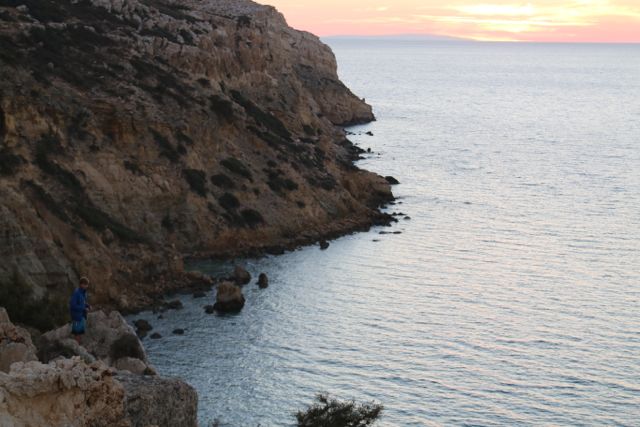
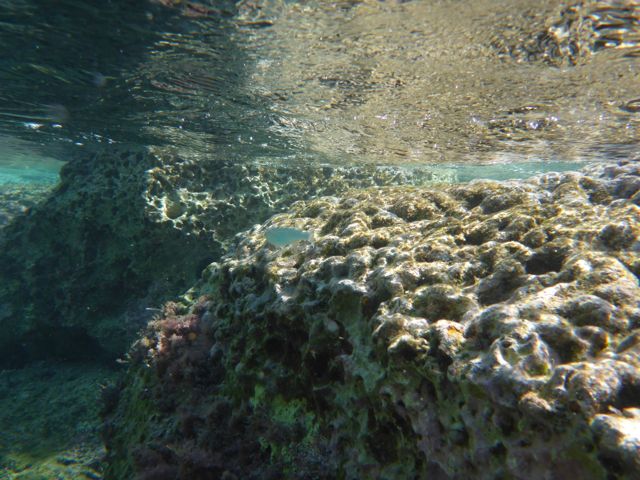

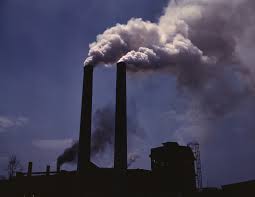
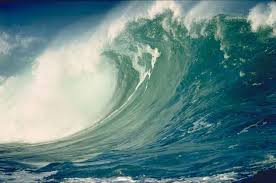
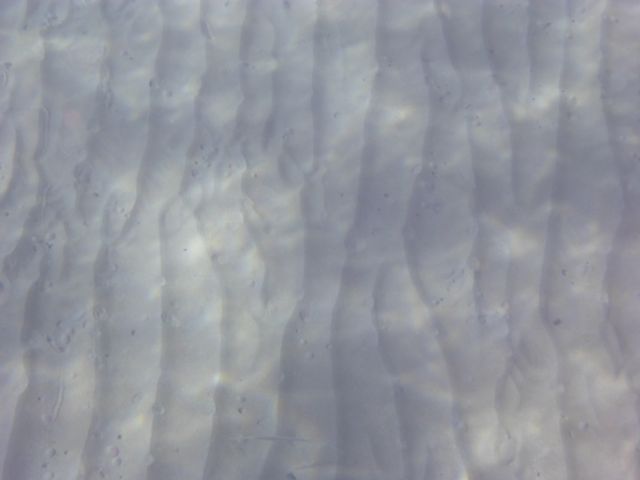
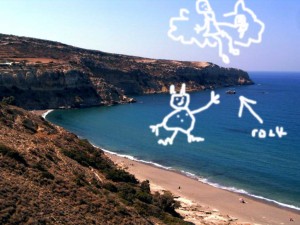

Recent Comments